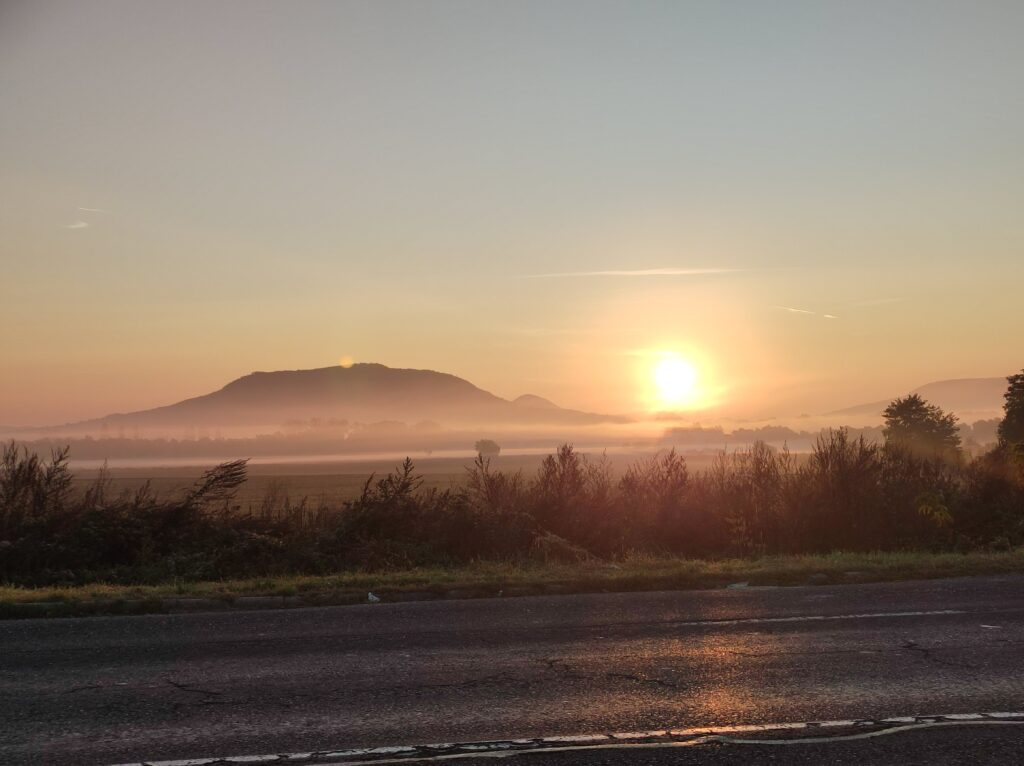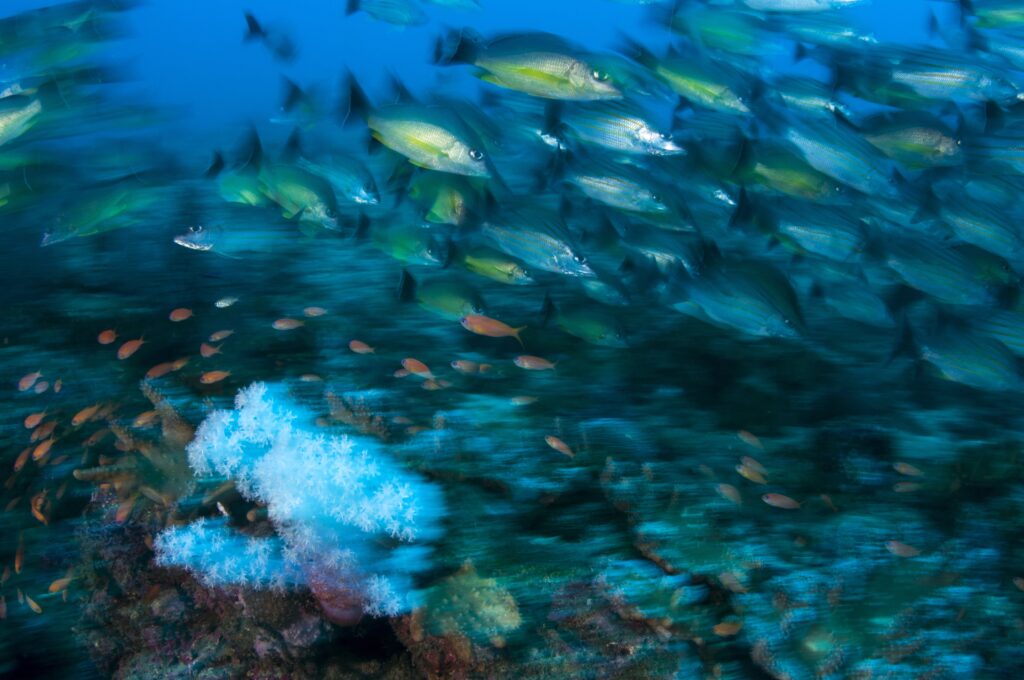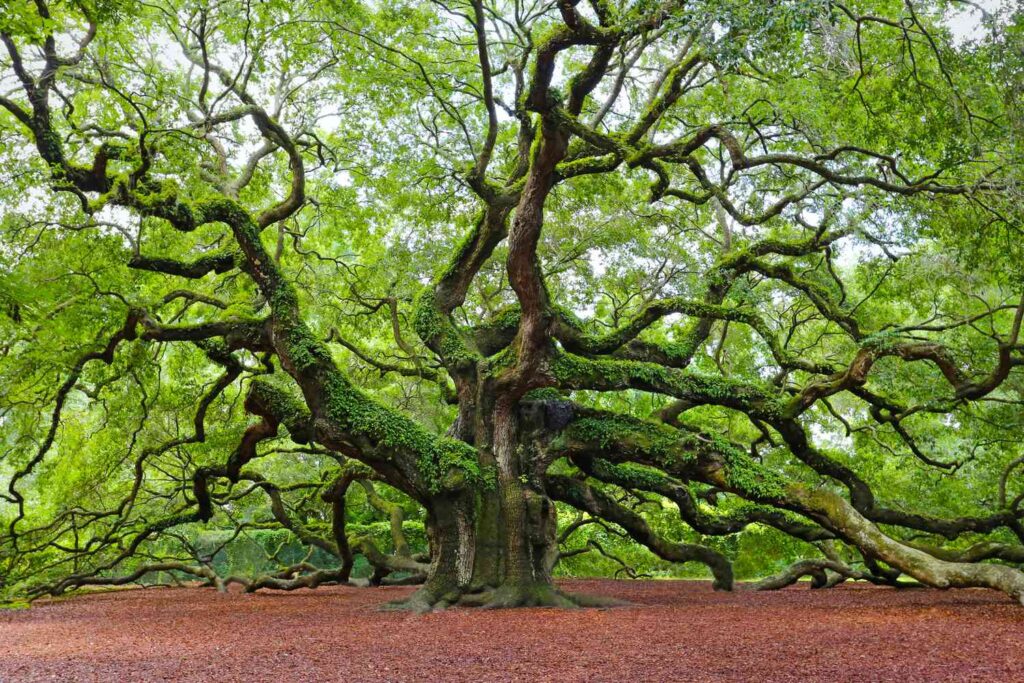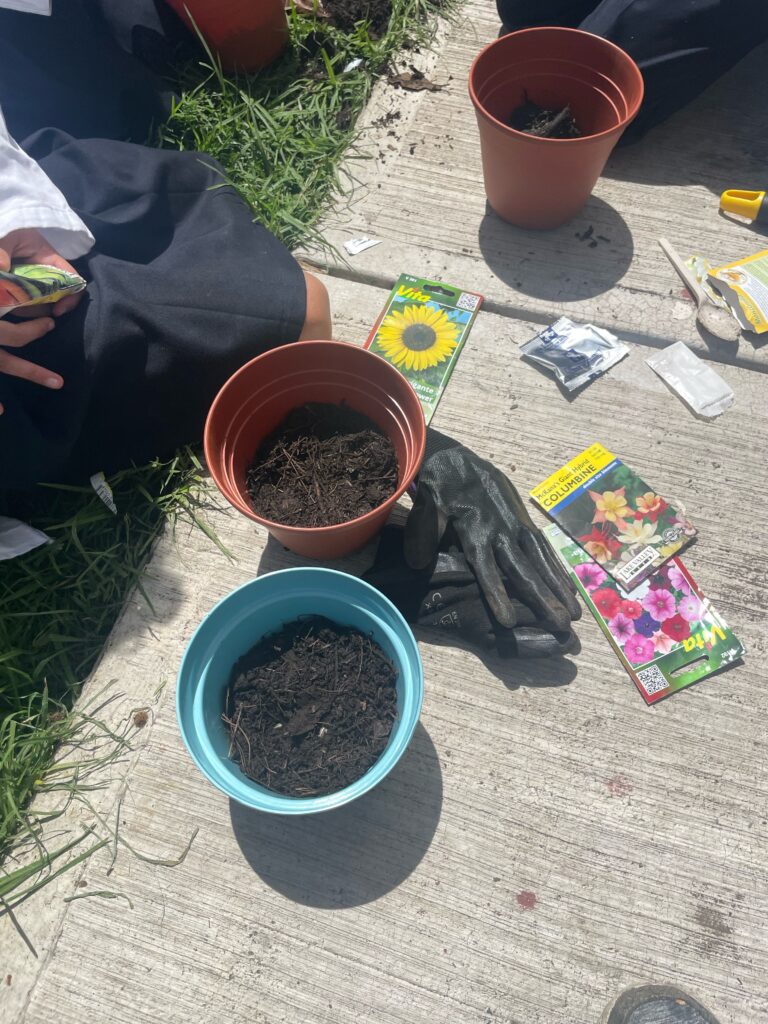Listening to plenary talks at a conservation science conference can be rather depressing. We hear about species going extinct in our lifetimes, and about the array of forces deployed against biodiversity. Indeed, I remember several years ago having these dispiriting feelings at the Asian Chapter of the Association for Tropical Biology and Conservation (ATBC) meeting in Banda Aceh, Indonesia, as I listened to several researchers who expressed justifiable frustration with the policies of the countries where they were working and the outlook for conservation there.
But then there was a presentation by Dr. Sanjay Gubbi, now at the Nature Conservation Foundation, which gave me a jolt, and a sense that some problems were addressable. This presentation was remarkable for its tone: it highlighted small but significant victories, gradual increases in the amount of land protected as tiger reserves in India. A second significant quality of the talk was it was by an Indian scientist working in India who had a good feeling for the political pulse of his country. He described ways in which as a conservation scientist he was able to form sometimes unlikely alliances with other groups of people, including farmers and business people. I especially remember how he described convincing a particular politician by understanding his background: the politician came from a place of water shortage and Dr. Gubbi packaged his sales pitch to appeal to this personal knowledge of how valuable water can be.
Dr. Gubbi’s presentation stimulated me to think about the importance of who does conservation, as well as what particular policies are advocated. For if conservation is a political practice, and if conservationists must persuade people of its use, sometimes against those people’s short-term interests, then it is critical how this sales pitch is made. The most successful conservationists will be those who are able to communicate well with the people directly affected by conservation, those who understand the people’s language, culture, traditions and the intricacies of their political situation.
I have experienced some of these issues first hand as a foreign scientist working in Asia. Several times when conducting a conservation education program, I was asked if was trying to influence the protection status of (or more directly to “buy”!) the Sri Lankan national park I worked in, representing American interests. Although it didn’t make me question the use of our program, it did make me more skeptical of how successful a spokesperson I personally could be for conservation. Ultimately any idea that a foreigner may advocate can be perceived as embodying a different set of values than those of the local people they work amongst, or worse, being an imposition of such a foreign value system.
Fortunately, I have worked with a group of Asian colleagues, including my wife Dr. Uromi Manage Goodale, who have active conservation and education programs, so I hope I have made contributions through my work with them. The example of my Sri Lankan advisor, Prof. Sarath Wimalabandara Kotagama, has been particularly instructive. Prof. Kotagama helped build a grass-roots conservation movement that emphasized how natural resources were part of Sri Lanka’s heritage, and he has reached out and engaged Sri Lankans through educational materials about wildlife in Sinhala. Subsequent travels around Asia have confirmed for me the impression that the conservation ethos is particularly strong in Sri Lanka. This strength, I believe, derives particularly from Sri Lankans’ belief that conservation is the protection of their own history and identity.
As I look back over my own career, I must say that I have been rather “academic”, concentrating on ecological studies rather than actual conservation impact. By “academic” I do not mean “dry” or uninteresting; I have been fortunate to work on aspects of animal behavior and ecology, such as avian vocal mimicry, or species interactions in mixed-species bird flocks, that are, at least I find, endlessly fascinating. I hope that I have been able to stimulate the curiosity of people I have interacted with, and ultimately that such interest can drive a feeling of responsibility for nature.
Now as a professor currently working in China I try to encourage the careers of students I work with, who can then make a conservation impact themselves. I need to guard against the laissez-faire temptation to not try conservation myself, for such a strategy should not be a replacement or alternative to practicing conservation. But I do believe that such an education pathway can promote conservation, particularly if it can develop Asian conservationists here in Asia.
This past year, my colleagues and I published an academic paper about who does conservation science, published in Biological Conservation and accessible on my ResearchGate site. As the world economy changes, the percentage of papers published by non-high income (NHI) countries has increased, and we wanted to see whether this pattern was also found in conservation. We focused on the international literature, not because it is necessarily important for conservation action (indeed local-language and locally-distributed texts can be more important in true impact), but because success in the international literature is increasingly essential for career promotion. We were surprised to find that as a field, conservation science lags in the increase of NHI voices, ranking 10/10 of the randomly chosen fields we investigated. Part of the reason for this trend is that from the beginning conservation science had an over-representation – compared to other fields – from low-income countries, since often it is those countries that are the most biodiverse, especially if situated in the tropics. But this traditional value on the voices of low-income countries is now decreasing.
We offer two main solutions to this problem. One is short-term and is focused on the journals and their policies which could encourage more publications from developing and tropical countries. The more long-term solution is to see institutions of higher education in these countries as platforms for creating the next generation of conservationists. This is not to say that students who go abroad to get their degrees can’t come back and work for their native country. Many do; however, many do not, leading to a ‘brain drain’ of sorts, seen in other fields. Some argue that in many fields a brain drain is not necessarily negative; but if conservation especially needs local voices as argued above, such a flow robs us potentially of the most powerful spokespeople. Further, not all graduates are academic themselves: programs in conservation science produce people who go into NGOs and government positions, bringing their conservation ethos with them.
Going back to that meeting of ATBC’s Asian chapter, what is most encouraging is the cohort of students from many Asian countries presenting talks and posters. Yes, we may be losing forever some of our iconic Asian species, including rhinos, orangutans, the cat family both big and small. We are bleeding, and these losses are indescribably painful. But it is this group of young people who might hold the power to eventually slow the bleeding, and after seeing their progress, one sees the future brighter than before.






